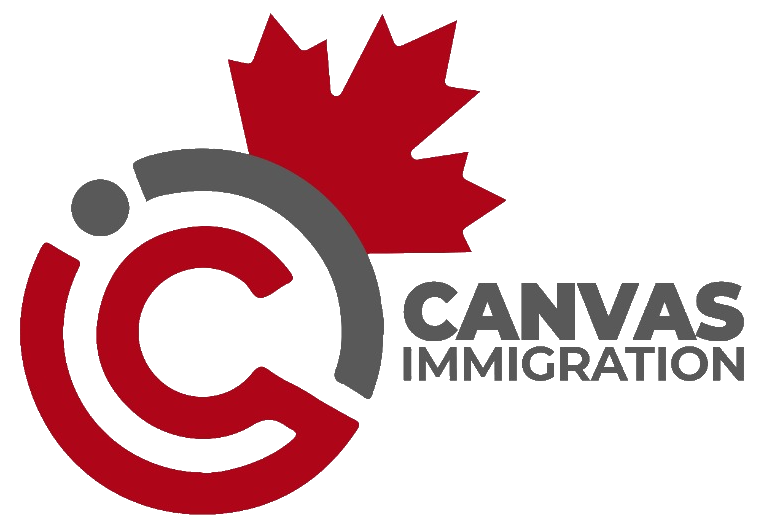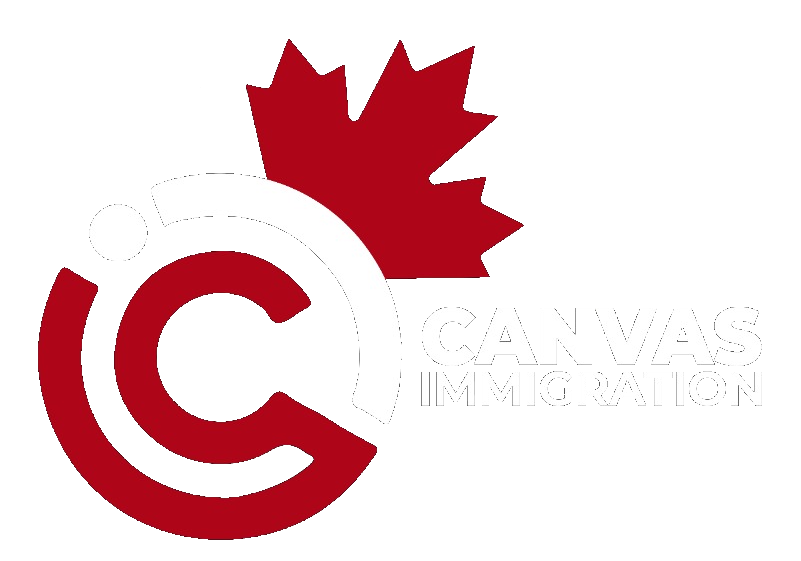Last Updated On 2 January 2025, 8:39 AM EST (Toronto Time)
In a candid year-end interview, Canada’s Immigration Minister Marc Miller shed light on the challenges, missteps, and future direction of Canada’s immigration policies.
Speaking with iPolitics, Miller offered a glimpse into the government’s strategy to manage growing immigration volumes while preserving Canada’s traditionally pro-immigration consensus.
With a mix of optimism and realism, Miller’s reflections underscore the delicate balance between opportunity and responsibility in shaping the nation’s immigration landscape.
Table of Contents
Reflecting on the past year, Miller admitted that Canada’s immigration system faced unprecedented pressures.
“Coming out of COVID-19, there was a perfect storm of structural challenges in the supply chain, labour shortages, and the generational challenges of Canada’s aging population,” he said.
While acknowledging the progress made, Miller did not shy away from addressing the missteps.
“We’ve done a lot right, but we haven’t gotten it all right. We’ve made some mistakes,” he conceded, specifically citing delays in addressing the surge of international students and the need for careful reflection on permanent residency levels.
Canada’s decision to reduce permanent residency targets by 20% in 2024 was among the most contentious moves.
Miller defended this as a necessary response to mounting public concerns. “The reduction was an important exercise to demonstrate that we’re responding to Canadians and showing control over migration,” he explained.
However, he emphasized the need to avoid knee-jerk reactions that could undermine Canada’s long-term goals of welcoming skilled immigrants.
Miller expressed concern about the growing polarization surrounding immigration in Canada.
“We’ve largely built a positive view on immigration, but it’s not something that isn’t under threat,” he said.
He noted that public criticism of immigration often stems not from xenophobia but from frustration with the system’s perceived inefficiencies.
“What you sometimes see interpreted as a souring on immigration is often a criticism of the immigration system or border, not of immigrants per se,” Miller clarified.
To preserve the consensus, Miller called for a collective effort to communicate the value of immigration.
“We need to do right by the people we welcome here, but we also need to make sure this country remains one that is welcoming,” he emphasized.
He also urged stakeholders such as provinces, educational institutions, and businesses to take a more active role in advocating for immigration.
One of the year’s most debated issues was the influx of international students. Miller described the situation as a “hockey stick curve” that caught the government off guard.
“If you look at the surge in students and institutions bringing in as many people as possible to bolster their balance sheets, we would’ve never had enough permanent residency space to accommodate that,” he explained.
The government’s decision to cap international student numbers was an attempt to address this imbalance.
However, Miller acknowledged the delay in acting on this issue. “I kick myself for not moving on international students sooner,” he admitted.
The cap aims to ensure that Canada’s immigration system remains sustainable while maintaining the country’s reputation as a top destination for global talent.
When asked about Conservative Leader Pierre Poilievre’s assertion that Canada’s immigration system is “broken,” Miller did not mince words.
“I think he’s a jackass,” Miller remarked, adding that Poilievre’s criticisms lack substance.
“The job of the opposition is to criticize constructively, but I don’t think it’s constructive when Pierre Poilievre goes around promising to be everything to everyone,” Miller said.
He contrasted this with his own approach of balancing competing priorities and making difficult decisions to address systemic challenges.
Marc Miller On Levels Plan and Looking Ahead to 2025
Miller outlined an ambitious agenda for the coming year, with a focus on monitoring the impact of recent policy changes.
“The levels plan and the suite of policy measures I made will be something we’ll have to closely monitor throughout the year,” he said.
Miller also said “There’s also a number of measures I need to announce that are about fixing the asylum system, fixing some irritants at the border, as well as some visa measures, so there’s some work to be done there.”
“I think there will be a suite of announcements between now and January, and while I can’t divulge more, I think the larger ones that have a larger impact on numbers have already been announced.” he added.
He also highlighted the importance of the second-quarter Statistics Canada data, which will provide insights into population growth and its implications for immigration policy.
“It’s not a perfect plan, but it’s the best plan we have in a less than ideal world,” Miller stated, underscoring the complexities of managing immigration in an increasingly polarized environment.
It seems like we can see further adjustments to the immigration levels plan after second quarter of 2025.
Balancing Opportunity and Responsibility
Miller’s year-end reflections paint a picture of an immigration system at a crossroads.
While Canada’s pro-immigration consensus remains intact, it faces growing pressures from public opinion, economic challenges, and global trends.
The minister’s focus on measured, evidence-based policy changes reflects a commitment to preserving the delicate balance between welcoming newcomers and addressing Canadians’ concerns.
As Miller aptly put it, “We need immigrants to keep the labour force young, but we also need to ensure this country remains welcoming and inclusive.”
With ambitious plans for 2025 and beyond, Canada’s immigration strategy will undoubtedly continue to evolve.
Whether it’s addressing the international student cap, refining permanent residency targets, or safeguarding the asylum system, the Liberal government faces the daunting task of navigating a less-than-ideal world with pragmatism and vision.
As Canadians await the next wave of announcements from the Immigration Minister, the stakes are higher than ever.
Will the government’s measures be enough to preserve Canada’s reputation as a global leader in immigration? Only time will tell.
For now, the focus remains on striking the right balance between opportunity, responsibility, and inclusivity.
Satinder Bains
Something went wrong. Please refresh the page and/or try again.
You may also like: New Government of Canada Jobs Hiring Now In January 2025
New GST payment to be sent on January 3, 2025
6 New Rules For International Students In Canada For 2025
In-Demand Jobs In Canada With Highest Pay For 2025

